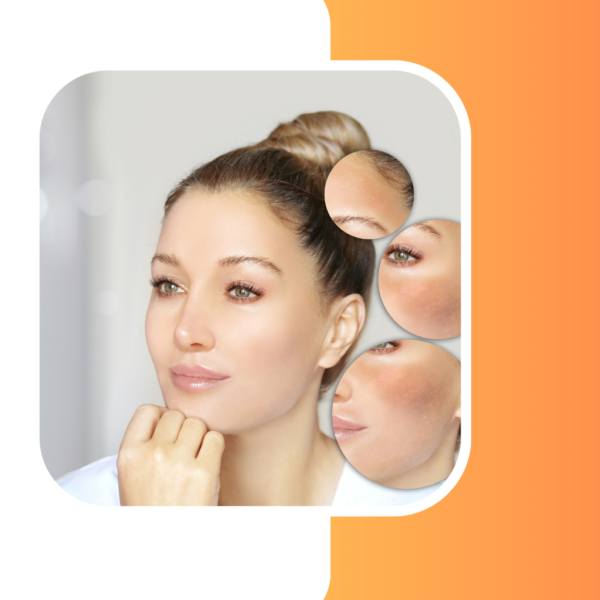Body Whitening Treatments
Body Whitening
Body Whitening involves the use of treatments or products to lighten or brighten the skin tone. As a cosmetic procedure, it’s essential to prioritize your skin’s health and choose safe methods under expert guidance. Body whitening can help reduce the appearance of dark spots, hyperpigmentation, and uneven skin tone—enhancing overall skin clarity and confidence.
While some individuals seek lighter skin for personal or cultural reasons, it’s equally important to embrace your natural tone and practice self-love. Understanding the options and risks involved is crucial before starting any treatment.
Several methods exist, and their safety and effectiveness vary. Consulting a dermatologist ensures you receive the right solution for your unique skin needs.


Types of Body Whitening Treatments
Body Whitening, also known as skin lightening or brightening, includes several treatment options. These treatments aim to even out the skin tone or reduce dark spots. However, the effectiveness and safety can differ from one method to another. It’s best to consult a dermatologist to choose the right approach.
1. Topical Skin Lightening Products
Skin Whitening Creams
These creams often contain hydroquinone, kojic acid, glycolic acid, or arbutin. They work by reducing melanin production, gradually revealing a lighter complexion.Serums and Lotions
Designed to treat specific areas, these products include similar lightening agents. When used consistently under professional supervision, they can promote a more even skin tone.
Advanced Body Whitening Treatments
Several professional Body Whitening treatments can help lighten the skin and improve its tone. Each option targets specific skin concerns. It’s important to consult a dermatologist before choosing a treatment.
Laser Therapy
Fractional Laser Treatment
Fractional lasers break down melanin in targeted areas. This process encourages new, lighter skin cells to grow, improving overall skin tone.Q-Switched Laser
Dermatologists often use this laser to reduce hyperpigmentation, melasma, and birthmarks. It works by focusing energy on pigmented areas, which gradually fade.
Microdermabrasion
This non-invasive technique exfoliates the top layer of skin. As a result, it reduces dark spots and supports a more even complexion over time.
Cryotherapy
Cryotherapy treats pigmented spots by freezing and removing them. It’s commonly used for age spots and sometimes for warts. Always ensure the procedure is done by a professional.
Injections and Dermal Fillers
Some people choose skin-lightening injections or dermal fillers to treat areas like under-eye darkness. However, these procedures require expert administration and careful aftercare.
Skin Brightening Facials
Many skincare clinics and spas offer facials that contain brightening ingredients such as vitamin C or antioxidants. These facials enhance radiance and may gradually improve uneven tone.
Prescription Medications
For conditions like melasma or post-inflammatory hyperpigmentation, dermatologists may recommend prescription-strength treatments. These are usually more effective than over-the-counter options.
